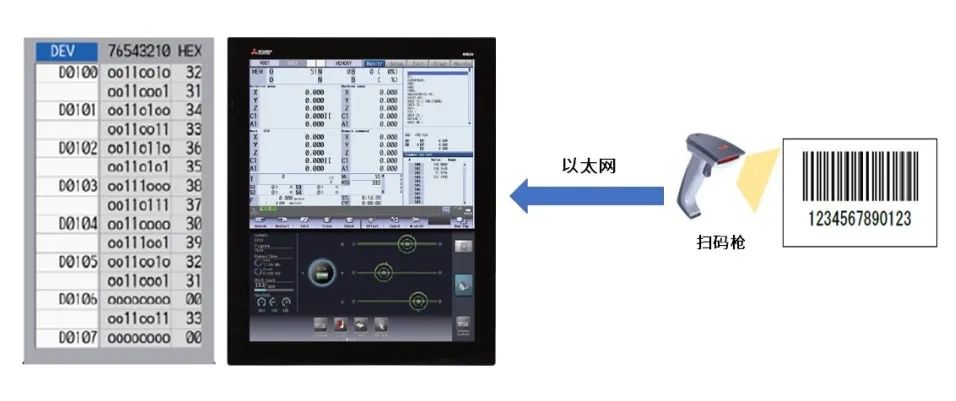
三菱子程序是三菱PLC编程中一种重要的程序结构,它可以将重复或复杂的操作封装成一个独立的程序块,从而提高程序的模块化和可维护性。在Mitsubishi GX Works 3编程软件中,子程序的扫描流程分为以下几个步骤:
1. 扫描主程序
PLC首先扫描主程序,执行主程序中的所有指令。当执行到一个调用子程序的指令时,PLC会转到步骤2。
2. 查找子程序
PLC根据调用子程序的指令指定的子程序名称,在程序存储器中查找对应的子程序。如果找到,PLC会转到步骤3。
3. 初始化子程序
PLC将子程序中的所有局部变量和数组初始化为默认值。PLC会执行子程序中的第一条指令。
4. 扫描子程序
PLC逐条扫描子程序,执行子程序中的所有指令。当执行到一个返回主程序的指令时,PLC会转到步骤5。
5. 返回主程序
PLC将子程序中所有局部变量和数组的值保存到指定的存储区域,然后返回到主程序。PLC会在调用子程序的下一条指令处继续执行主程序。
三菱子程序的调用
在三菱PLC编程中,可以通过以下指令调用子程序:
- CALL:调用子程序
- CALLS:调用子程序并返回到指定的存储区域
其中,CALL指令直接返回到调用子程序的下一条指令处,而CALLS指令返回到指定的存储区域,可以方便地传递参数和返回值。
三菱子程序的应用
三菱子程序广泛应用于各种PLC编程中,以下是一些常见的应用场景:
- 实现重复任务,提高程序的可维护性
- 封装复杂算法,提高程序的清晰度
- 实现模块化编程,方便程序的修改和扩展
- 通过参数传递和返回值,实现子程序与主程序之间的交互
Mitsubishi Subroutine Scanning Process (How to Call Mitsubishi Subroutines)
The Mitsubishi subroutine scanning process is an important part of Mitsubishi PLC programming. It allows you to create independent program blocks that can be called from multiple locations in your program. This can help to improve the modularity and maintainability of your code.
1. Scanning the Main Program
The PLC first scans the main program, executing all of the instructions in the main program. When it reaches an instruction that calls a subroutine, the PLC will move on to step 2.
2. Finding the Subroutine
The PLC will search the program memory for the subroutine that corresponds to the subroutine name specified in the instruction that called the subroutine. If it is found, the PLC will move on to step 3.
3. Initializing the Subroutine
The PLC will initialize all of the local variables and arrays in the subroutine to their default values. It will then execute the first instruction in the subroutine.
4. Scanning the Subroutine
The PLC will scan the subroutine line by line, executing all of the instructions in the subroutine. When it reaches an instruction that returns to the main program, the PLC will move on to step 5.
5. Returning to the Main Program
The PLC will save the values of all of the local variables and arrays in the subroutine to the specified memory area, and then return to the main program. The PLC will continue executing the main program at the instruction following the one that called the subroutine.
Calling Mitsubishi Subroutines
In Mitsubishi PLC programming, you can call a subroutine using the following instructions:
- CALL: Calls a subroutine
- CALLS: Calls a subroutine and returns to a specified memory area
The CALL instruction returns directly to the instruction following the one that called the subroutine, while the CALLS instruction returns to the specified memory area, which can be useful for passing parameters and return values.
Applications of Mitsubishi Subroutines
Mitsubishi subroutines are widely used in PLC programming. Here are some common applications:
- Implementing repetitive tasks, improving the maintainability of your code
- Encapsulating complex algorithms, improving the clarity of your code
- Achieving modular programming, making it easier to modify and extend your code
- Passing parameters and returning values, allowing subroutines to interact with the main program
本文原创来源:电气TV网,欢迎收藏本网址,收藏不迷路哦!

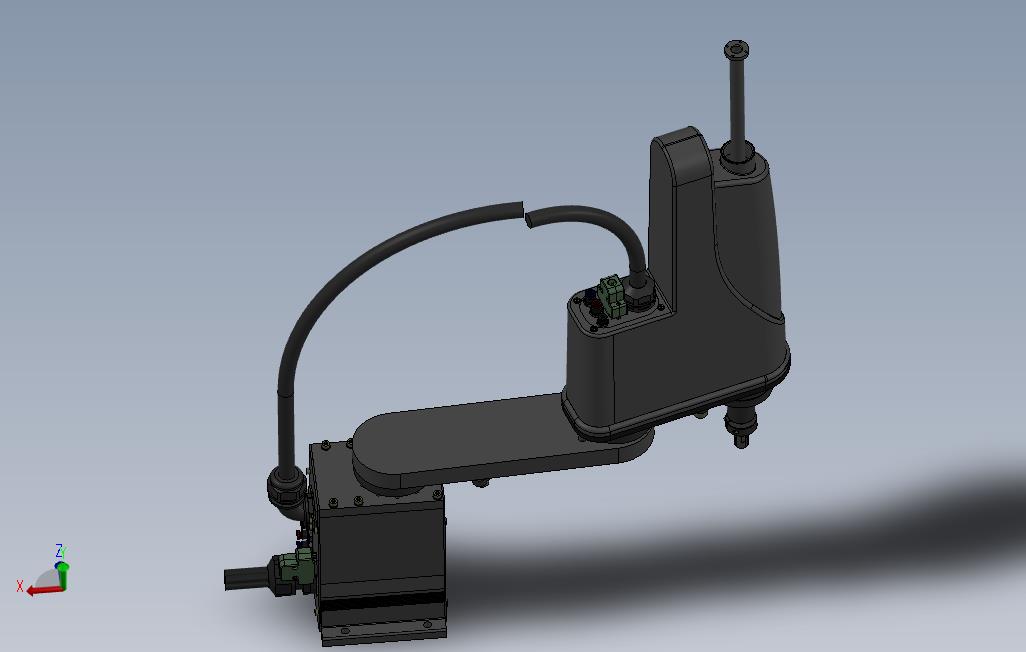

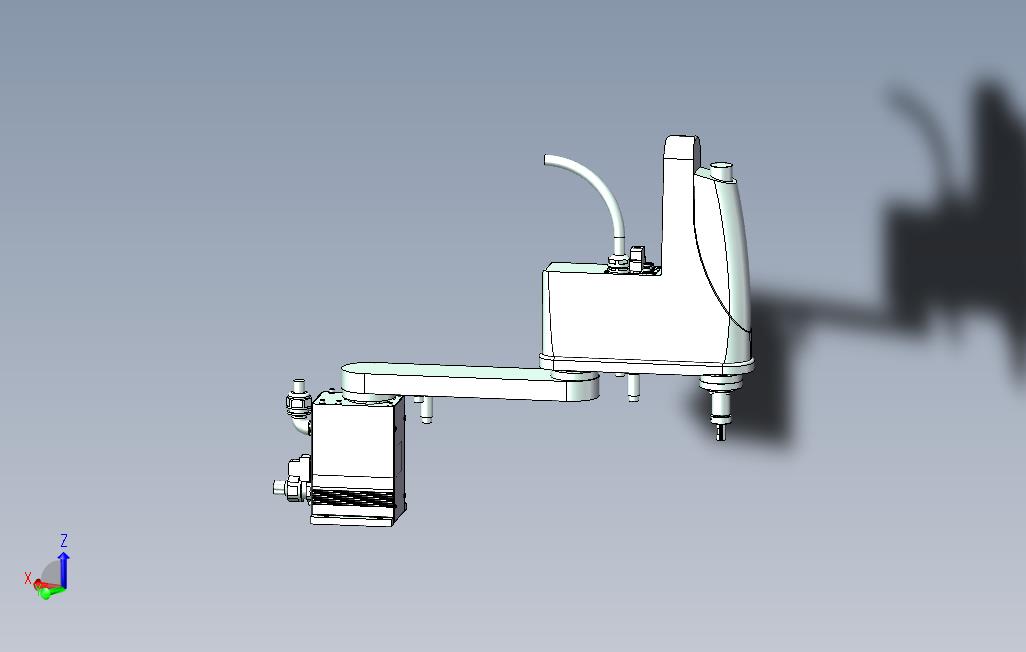
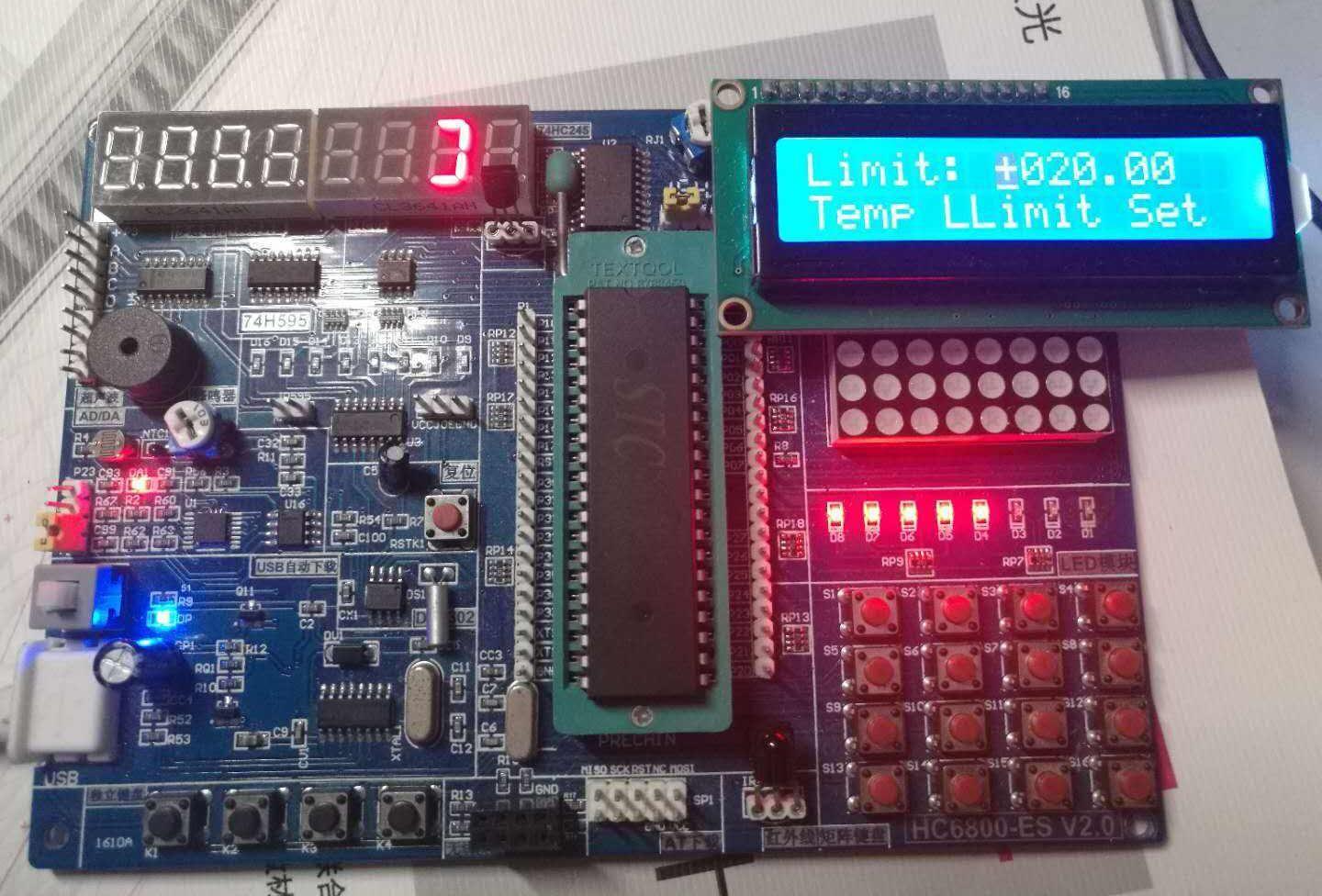

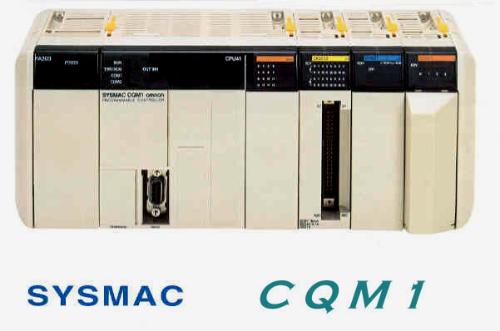

添加新评论